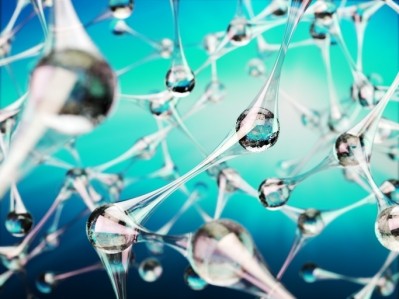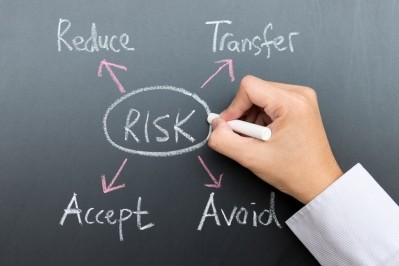EFSA to renew guidance for risk evaluation of nanomaterials in food and feed

The European Food Safety Authority said it intends to renew its 2011 guidance document to bring it in line with the new EU novel food legislation and the most recent scientific developments with nanomaterials in agriculture, food and feed.
It will also produce a stand-alone guidance document for the environmental risk assessment of nanomaterials, focusing on risk to workers, release of contaminants into the environment and the “cross-cutting aspects between food toxicology and environmental toxicity.”
The request for the guidance documents has arisen internally; EFSA's Scientific Committee has tasked itself with developing such materials.
It said there is a dearth of supporting material in relation to the risk profile of nano-pesticides and nano-formulations in particular.
Encapsulated and coated nanomaterials
Professor Tony Hardy, chair of the EFSA Scientific Committee, in a letter outlining the challenge to the Authority's executive director, Dr Bernhard Url, said the application of nanomaterials (particles of 1-100 nanometer) has evolved in the past few years with the development of encapsulated, soft and coated nano scale ingredients.
He said EFSA will liaise with both the European Chemicals Agency (EC and the European Medicines Agency in relation to the work those bodies have undertaken in relation to nanomaterials.
In background documents linked to the self-tasking mandate, EFSA noted the 2011 guidance is mainly concerned with human exposure to nanotechnologies.
However, it said some food contact materials and food and feed additives currently under assessment by its various panels comprise nano-fractions, but nano specific data are not always provided.
Nanomaterials may be present in food contact materials or additives either because engineered nanomaterials are intentionally added or because some of the bulk material is present as nano-fraction due to the production processes.
EFSA acknowledged both situations require risk assessment. And the Parma-based risk assessor said the EFSA Nano Network has advised the Authority to evaluate the nano-fraction, no matter what the size, in terms of the total bulk material.
The Authority expects to procure literature reviews and data extractions from relevant toxicity studies to support the production of the guidance materials. The anticipated deadline for finalization of the work is July 2019.
Review of nanotechnology innovation
In 2014, EFSA published a report that included an evaluation and inventory of current and future nanotechnology applications in the feed, food and agri-sector along with a review of global regulation which it said would underpin its future risk assessment work in the nano domain.
The report found there were a limited number of nanomaterials in development for feed additives, but projects with some momentum behind them include one looking to replace antibiotics with nano-sized substitutes.
That review, which was compiled by experts from Wageningen University (WUR) and the Joint Research Centre (JRC) of the EU Commission, noted other feed focused R&D in the nano arena such as projects looking at products that could absorb bacteria and toxins, and others aiming to improve feed digestibility.
“A comparison between current and future applications indicates a trend from inorganic materials like silver towards organic materials like nano-encapsulates and nano-composites.
The results also indicate that applications in novel foods, feed additives, biocides and pesticides are currently mostly at a developmental stage,” said the reviewers, led by Peter Ruud from WUR.
The WUR and JCR mapping of nano R&D in animal feed reveals that antibacterial nanosilver could have a similar effect to a lot of antibiotics currently used in feed when added to drinking water for chickens.
“Somewhat surprisingly, nanosilver has also been tested to reduce the toxicity of aflatoxin in chickens,” said the authors.
The team also found polystyrene-based particles are being added to chicken feed to bind bacteria that then pass through the gastrointestinal tract of the bird along with other fecal matter.
“Another development is the potential use of nanoclay as a feed additive.
The contamination of animal feed with mycotoxins represents a worldwide problem for farmers and can cause serious diseases in farm animals.
Researchers have developed a montmorillonite-based nanoclay specifically to absorb mycotoxins in the gastrointestinal tract of animals,” said the reviewers.
They also report on a project involving the supplementation of the diet of sheep with selenium in the form of nano-selenium, with results showing improved feed digestion.
“Theoretically, any nano-sized mineral, vitamin or other additive developed for a food application could equally be used for animal feed,” added the authors.















